Original authors: @the_smart_ape, @BasePumpFUN
Original compilation: zhouzhou, BlockBeats
Editor's Note: The Ethereum PECTRA upgrade includes 11 EIPs aimed at improving network scalability, reducing costs, and enhancing user experience. Key improvements include smart wallets, Rollup optimizations, and enhanced staking features. These changes will drive Ethereum's long-term development but may put pressure on ETH prices in the short term due to increased network efficiency, ETH destruction, and reduced transaction fees. Overall, PECTRA represents a significant technological advancement that enhances Ethereum's competitiveness.
The following is the original content (reorganized for readability):
The Ethereum PECTRA upgrade will take place in two days. This upgrade will significantly enhance network performance but may exert some pressure on $ETH in the short term.
Here are the functions of each EIP and their potential impacts: every major Ethereum upgrade includes a series of EIPs (Ethereum Improvement Proposals).
EIPs are proposals for improving the network. This PECTRA upgrade includes 11 proposals, surpassing any previous upgrade.
Let’s analyze the content of these proposals one by one, as well as their potential impacts on technology and $ETH.
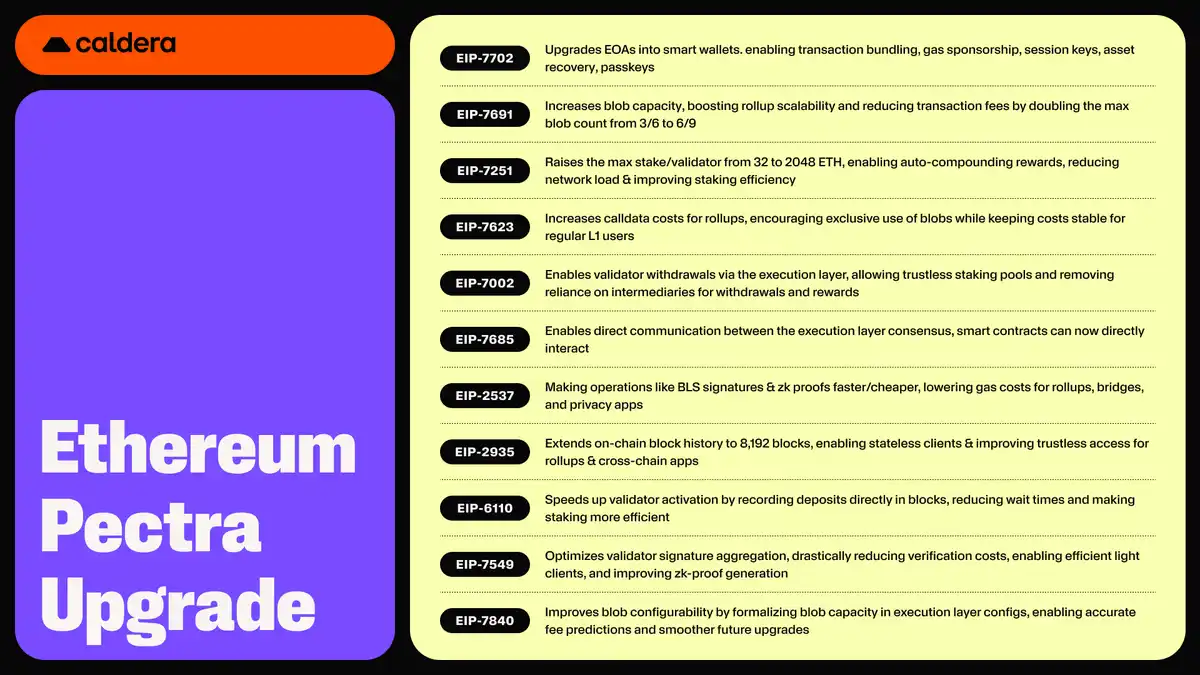
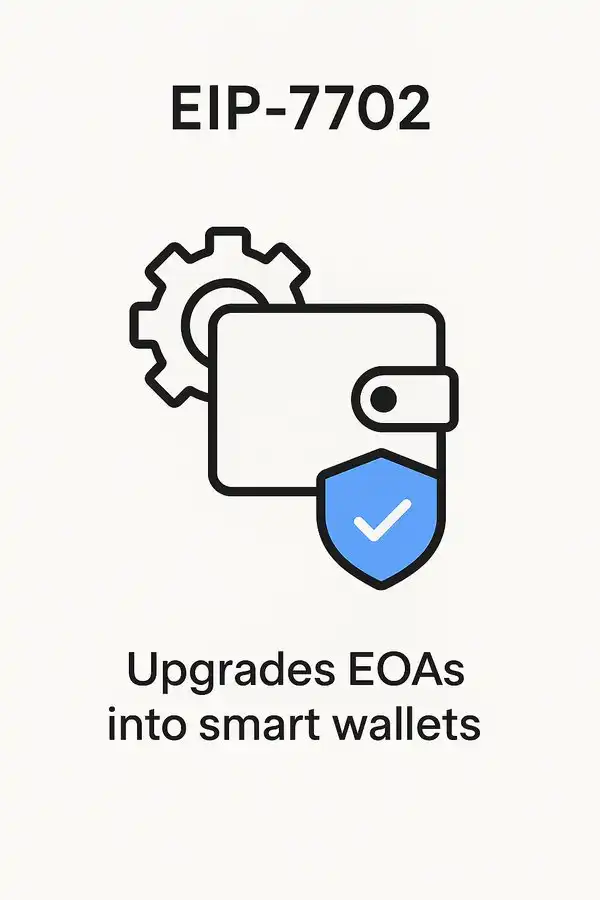
EIP-7702
This proposal transforms regular wallets into smart wallets. It introduces new features such as transaction batching, gas fee sponsorship, session keys, account recovery, and support for Passkey.
Impact: This is an important step towards achieving true account abstraction and promoting mass adoption. It simplifies interactions with decentralized applications, supports gasless transactions, bundled payments, and makes the user experience more friendly.
EIP-7691
This proposal enhances Rollup's data capacity by doubling the number of blobs per block (from 3 to 6, or from 6 to 9).
This is an upgrade to existing functionality, making Rollups cheaper and more scalable.
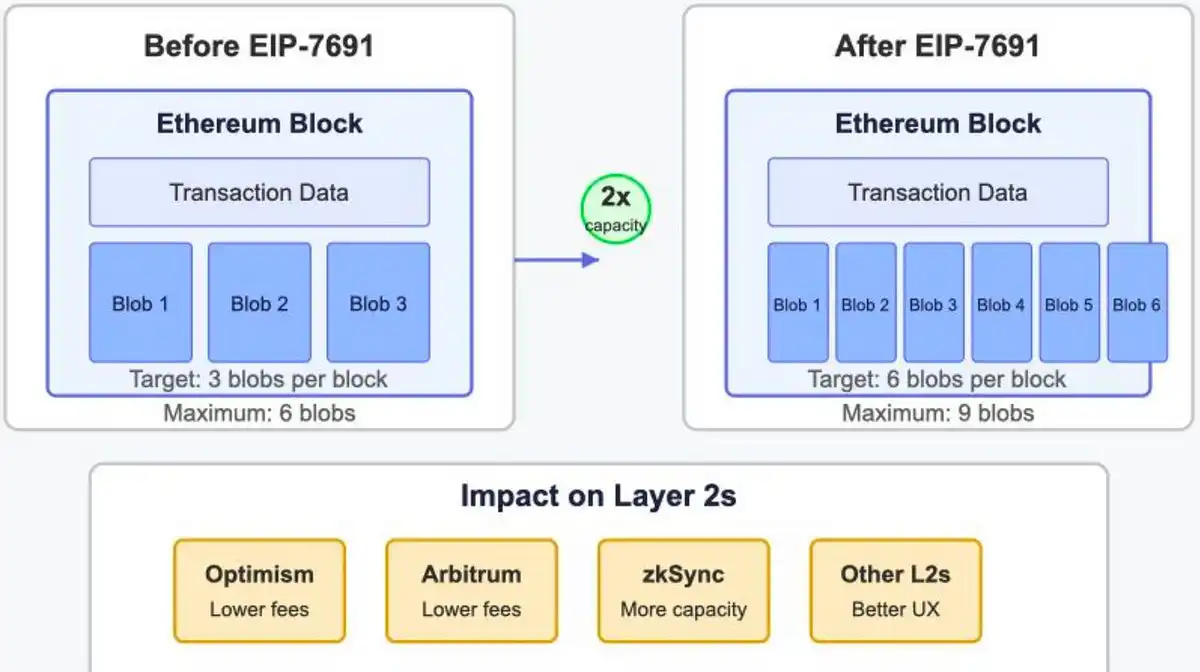
Impact: The introduction of blobs has significantly reduced gas costs for layer 2 networks.
This upgrade will further lower L2 costs but will also reduce Ethereum mainnet revenue and ETH destruction, potentially leading to increased ETH inflation and price decline in the short term.
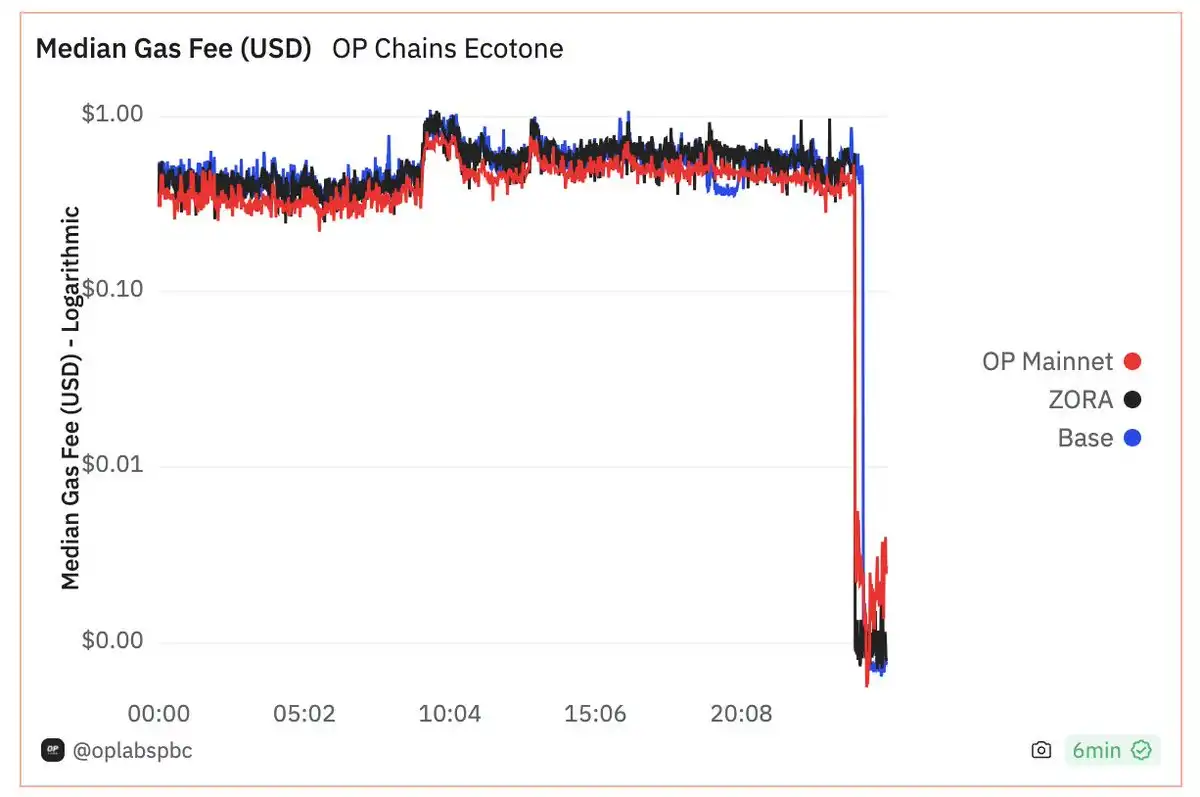
EIP-7251
Increases the staking cap from 32 ETH to 2048 ETH. Impact: Reduces the number of validators, increases centralization risk, improves staking efficiency, and overall reduces network congestion.
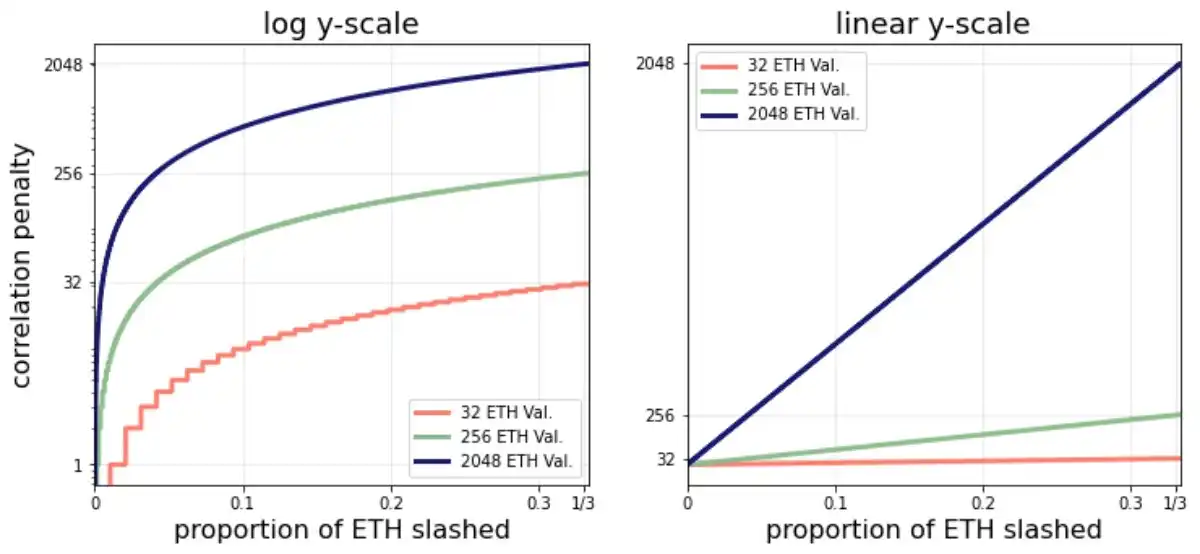
EIP-7623
If Rollups use regular calldata instead of blobs, they will need to pay higher fees.
The purpose of this proposal is to encourage Rollups to use cheaper and temporarily stored blobs, avoiding the use of permanently stored calldata.
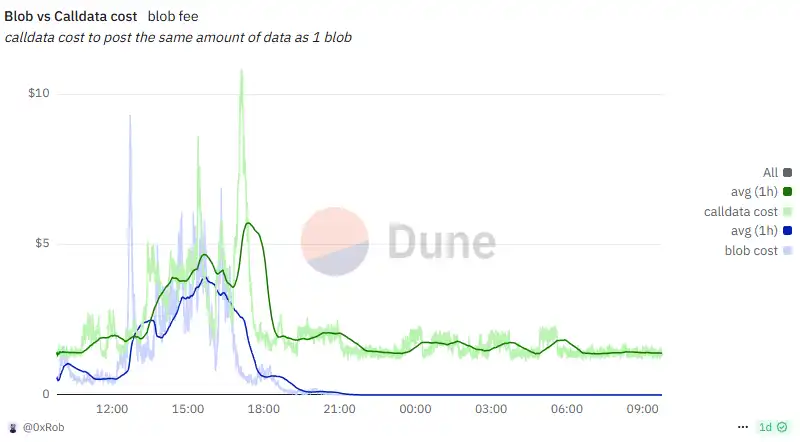
Impact: Currently, very few Rollups still use calldata. This proposal will force the remaining Rollups to switch to blobs, further reducing L1 revenue and potentially leading to increased ETH inflation.
EIP-7002
This proposal allows smart contracts to trigger validator withdrawal operations. Currently, only validators can withdraw using their own keys. With this change, exit operations can be managed directly by the execution layer.
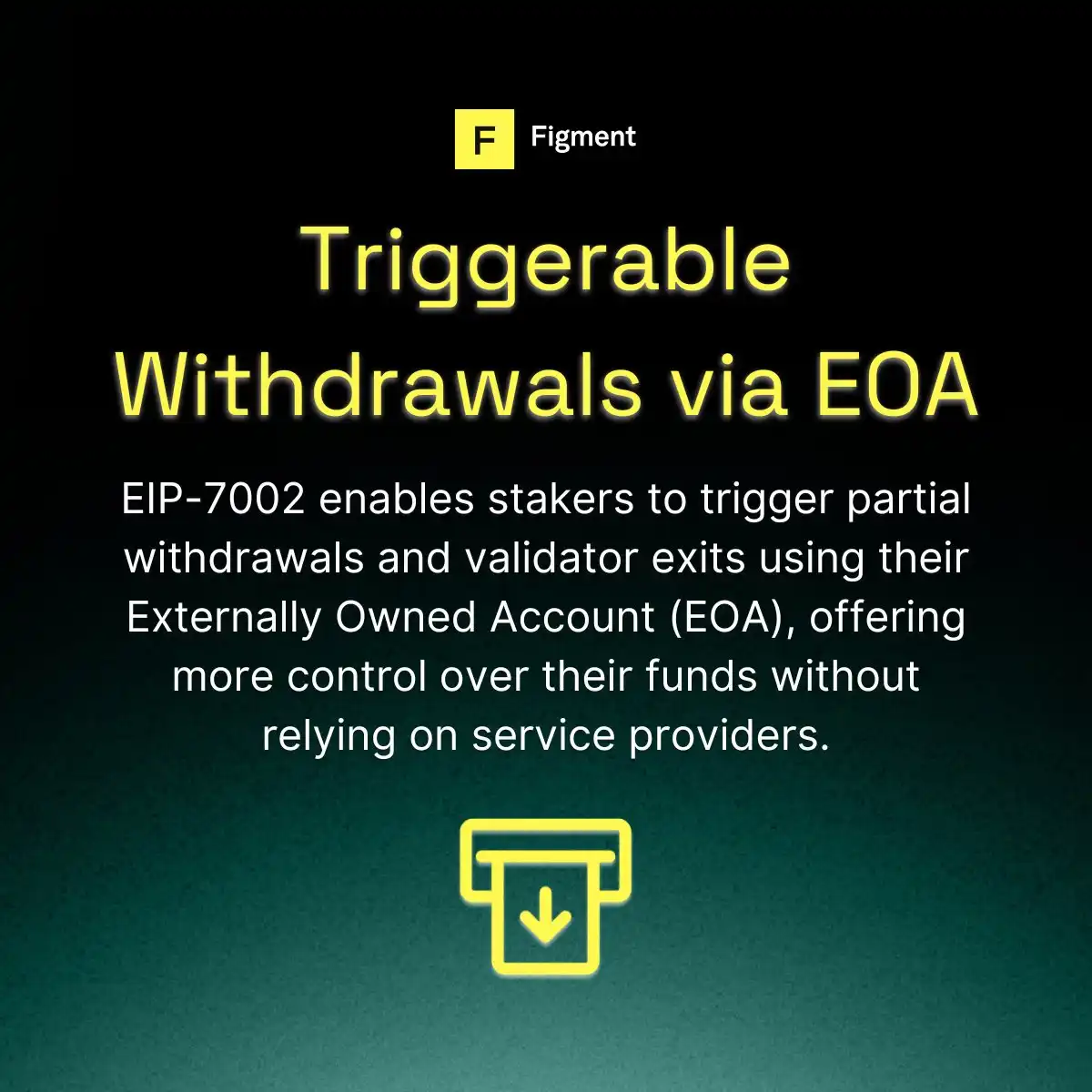
Impact: Staking becomes programmable and trustless. This is particularly beneficial for liquid staking providers like @LidoFinance, who will gain more control, automation, and transparency.
EIP-7685
This proposal standardizes and expands communication between the execution layer (EL) and the consensus layer (CL), allowing contracts to send structured requests to the consensus layer.
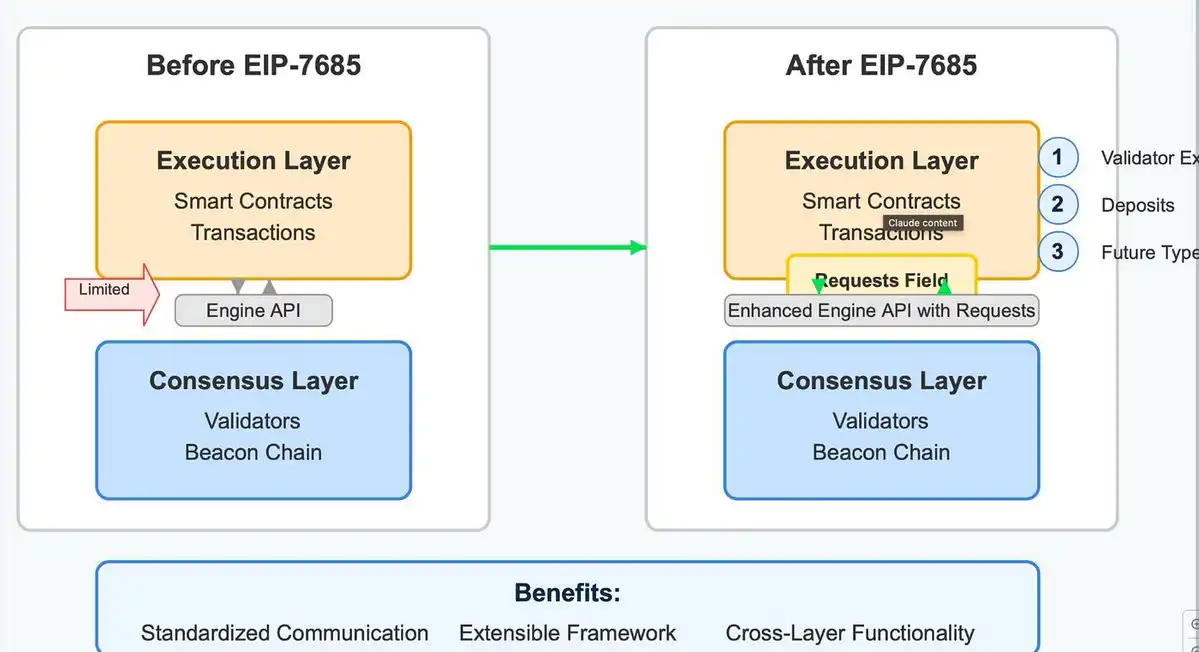
Impact: While it won't immediately change the user experience, it paves the way for powerful new infrastructure capabilities.
It helps automate staking, achieve trustless re-staking, and supports more complex modular designs.
EIP-2537
This proposal provides Ethereum with a native and fast way to execute BLS signatures.
This makes cryptographic operations like zk proofs, bridging, and staking faster and cheaper.
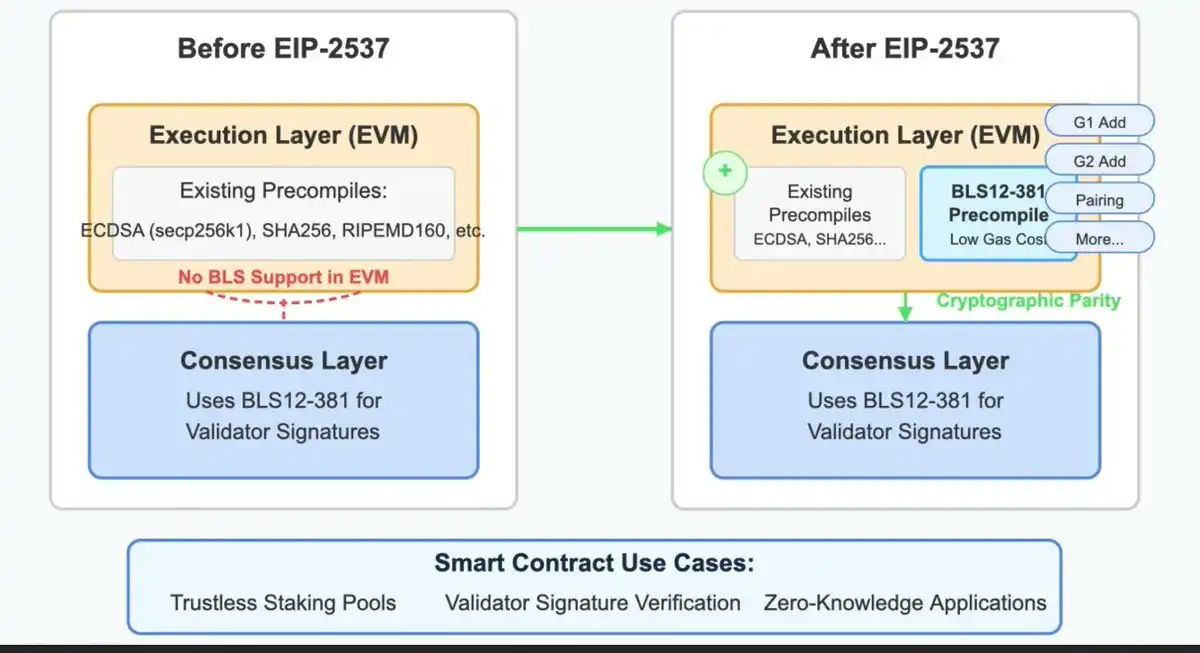
Impact: Makes Rollups and zk applications faster and cheaper. This upgrade enhances Ethereum's technical capabilities, potentially driving more adoption and supporting ETH's value in the long run.
EIP-2935
This proposal adds a system contract for retrieving historical block hashes (up to 8,192 blocks back), addressing the current BLOCKHASH opcode's 256-block limitation.
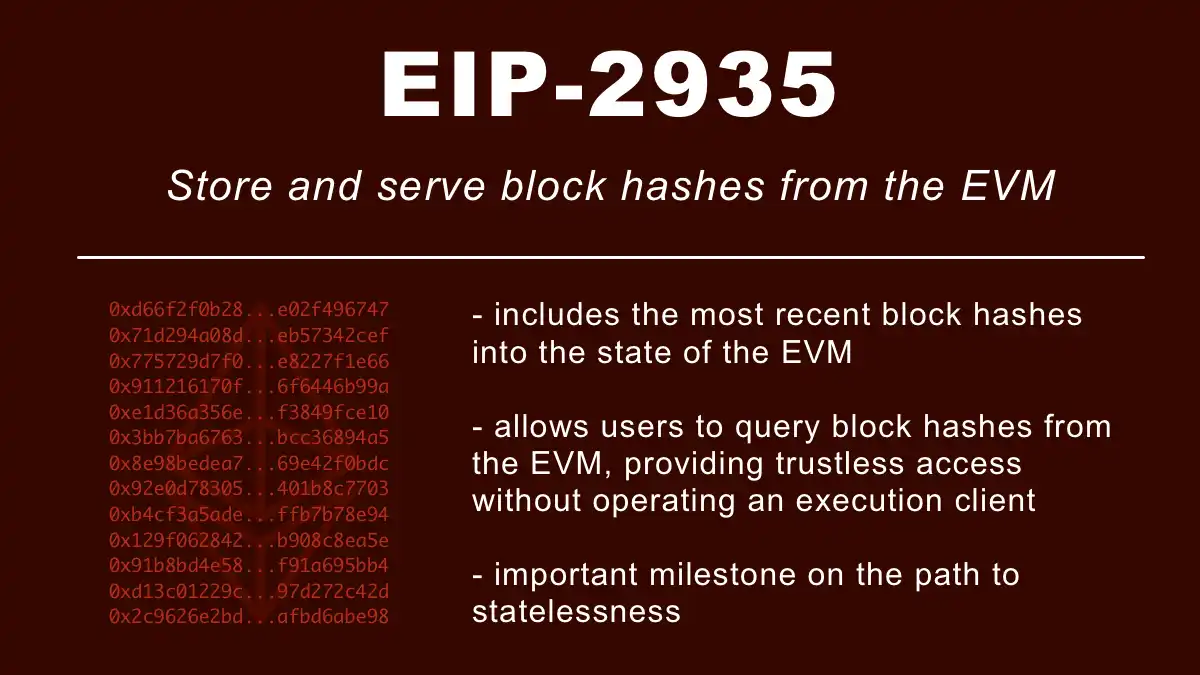
Impact: No direct impact on price, but it paves the way for more advanced use cases (such as cross-chain bridging and light clients), thereby enhancing the ecosystem in the long term.
EIP-6110
This proposal allows validators' deposits to be directly included in blocks, speeding up the staking process and reducing the waiting time for new validators.
It encourages more participation in staking, potentially increasing the staking ratio, which could have a positive impact on $ETH.
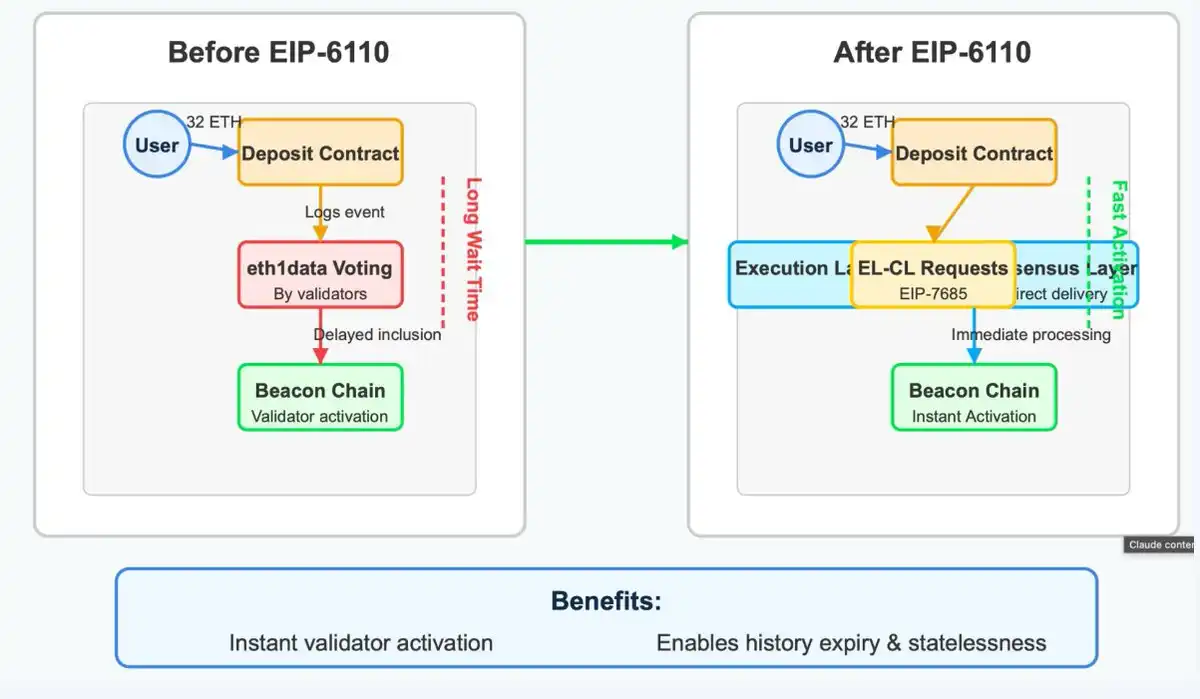
This proposal optimizes the way validator signature verification is handled by reducing message size. This lowers network load and improves zk proof generation efficiency. It will enhance scalability, making Ethereum more efficient and attracting more high-performance applications, benefiting $ETH. This proposal standardizes the management of blobs in execution layer profiles. It improves Rollup's fee estimation and upgrade planning.
Impact: Enhances developer experience and the ecosystem's scalability, helping Ethereum grow more efficiently. PECTRA is a significant upgrade. It brings important technological advancements, making Ethereum more scalable, cost-effective, and user-friendly.
However, in the short term, it may exert pressure on ETH prices as the network becomes more efficient, leading to reduced ETH destruction and lower transaction fees.
免责声明:本文章仅代表作者个人观点,不代表本平台的立场和观点。本文章仅供信息分享,不构成对任何人的任何投资建议。用户与作者之间的任何争议,与本平台无关。如网页中刊载的文章或图片涉及侵权,请提供相关的权利证明和身份证明发送邮件到support@aicoin.com,本平台相关工作人员将会进行核查。




